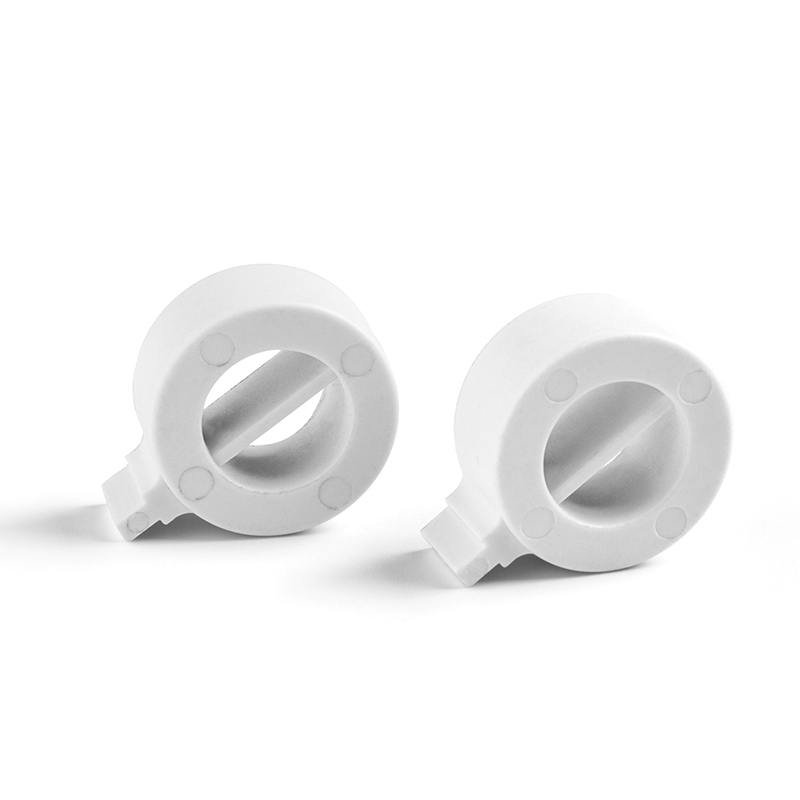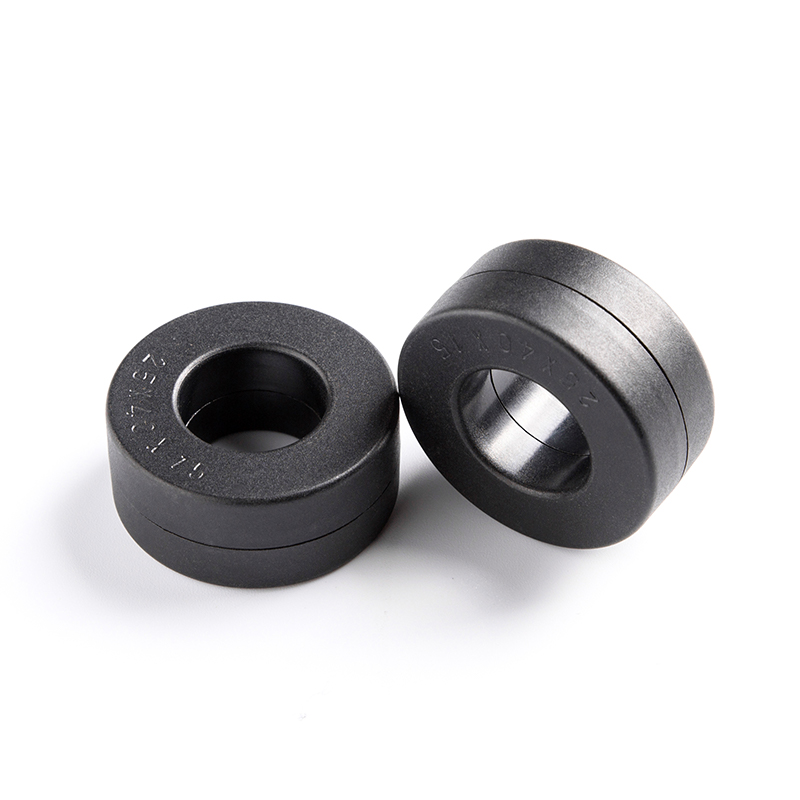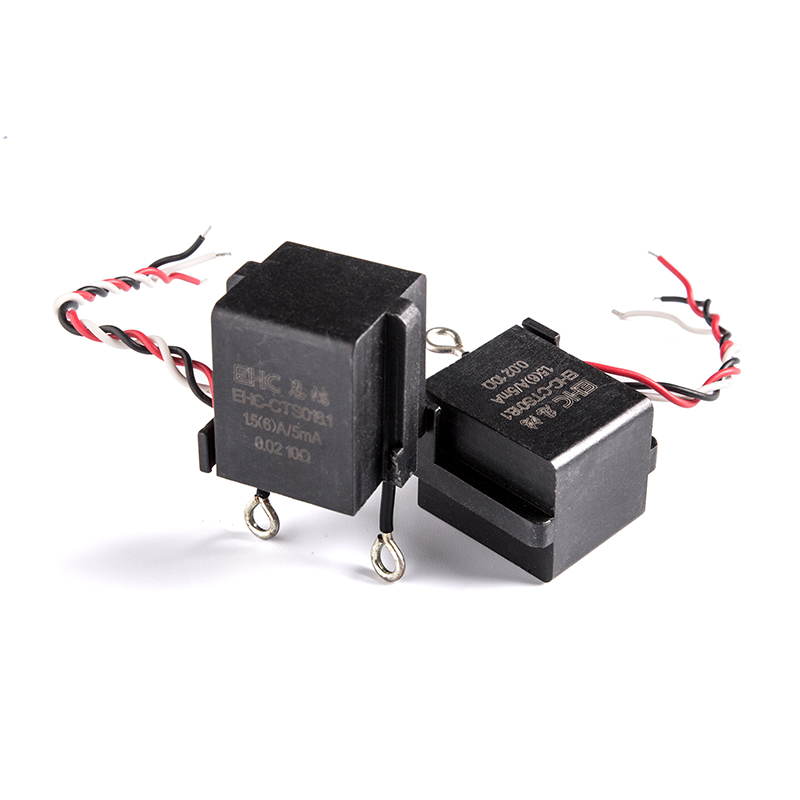Coercivity: Core materials with higher coercivity require more energy to magnetize and demagnetize. This means they have a greater resistance to changes in magnetization. As a result, materials with higher coercivity tend to exhibit lower hysteresis loss because they dissipate less energy during the magnetization and demagnetization processes. Ferrites, for example, are known for their relatively high coercivity compared to other materials like soft iron, making them preferable in applications where minimizing hysteresis loss is critical.
Permeability: The permeability of a core material also plays a role in hysteresis loss. Higher permeability materials typically have lower coercivity but may exhibit higher hysteresis loss due to their increased susceptibility to magnetic field changes. Therefore, engineers often seek a balance between high permeability for increased inductance and low hysteresis loss for improved efficiency.
Saturation Behavior: The saturation behavior of a core material influences its hysteresis characteristics. Materials that saturate at lower magnetic field strengths may exhibit reduced hysteresis loss compared to materials with higher saturation levels. Understanding the saturation behavior of core materials is essential for optimizing inductor designs to minimize hysteresis loss.
Frequency Dependence: Core materials may exhibit frequency-dependent hysteresis characteristics, meaning their hysteresis loss can vary with the frequency of the alternating current passing through the inductor. This frequency dependence should be considered when selecting core materials for applications with specific frequency requirements.
Temperature Sensitivity: Some Inductor Cores materials may experience changes in coercivity and hysteresis loss with variations in temperature. It's important to account for these temperature dependencies when choosing core materials for inductor applications operating in environments with temperature fluctuations.

 English
English 中文简体
中文简体 Deutsch
Deutsch 日本語
日本語

 View More >>
View More >> View More >>
View More >> View More >>
View More >> View More >>
View More >> View More >>
View More >> View More >>
View More >> View More >>
View More >> View More >>
View More >>